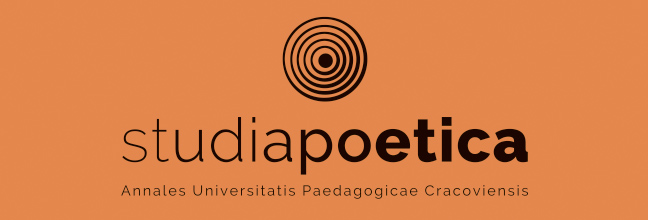Wolnomularstwo neapolitańskie w drugiej poł. XVIII wieku
Main Article Content
Abstrakt
In 1728, on the initiative of the Grand Lodge of England, the first Italian Freemasonry Lodge was founded in Naples. Twenty years later its leader was Prince of Sansevero, Raimondo di Sangro, a person veiled in demonic legend, a scientist and inventor well known in Europe. Ineffective interventions of the church and state authorities directed against the Lodge only contributed to its greater popularity. Lodges were entered by people of all social layers and professions: noblemen, priests and monks, writers, merchants, craftsmen, the court elite, the military corps officers, and scientists. Their imagination was evoked by the theatrical imagery and the phraseology of fraternity, which allowed them to believe that freemasonry would replace the feudal state structures. The outbreak of the French Revolution caused a sudden turn in the internal politics of the Kingdom of the Two Sicilies, and the Masons immediately became the greatest public enemies. Some of them left the Lodge, while others set up Jacobin Clubs in order to overthrow the monarchy. Freemasonry Lodges, although they might have seemed ridiculous because of
their rituals, were in fact popularizing the ideas of Enlightenment and forming the new social ethics.
their rituals, were in fact popularizing the ideas of Enlightenment and forming the new social ethics.
Article Details
Jak cytować
Dróżdż, A. (2015). Wolnomularstwo neapolitańskie w drugiej poł. XVIII wieku. Res Gestae, 8, 73–92. Pobrano z https://resgestae.uken.krakow.pl/article/view/1883
Numer
Dział
Artykuły
|
